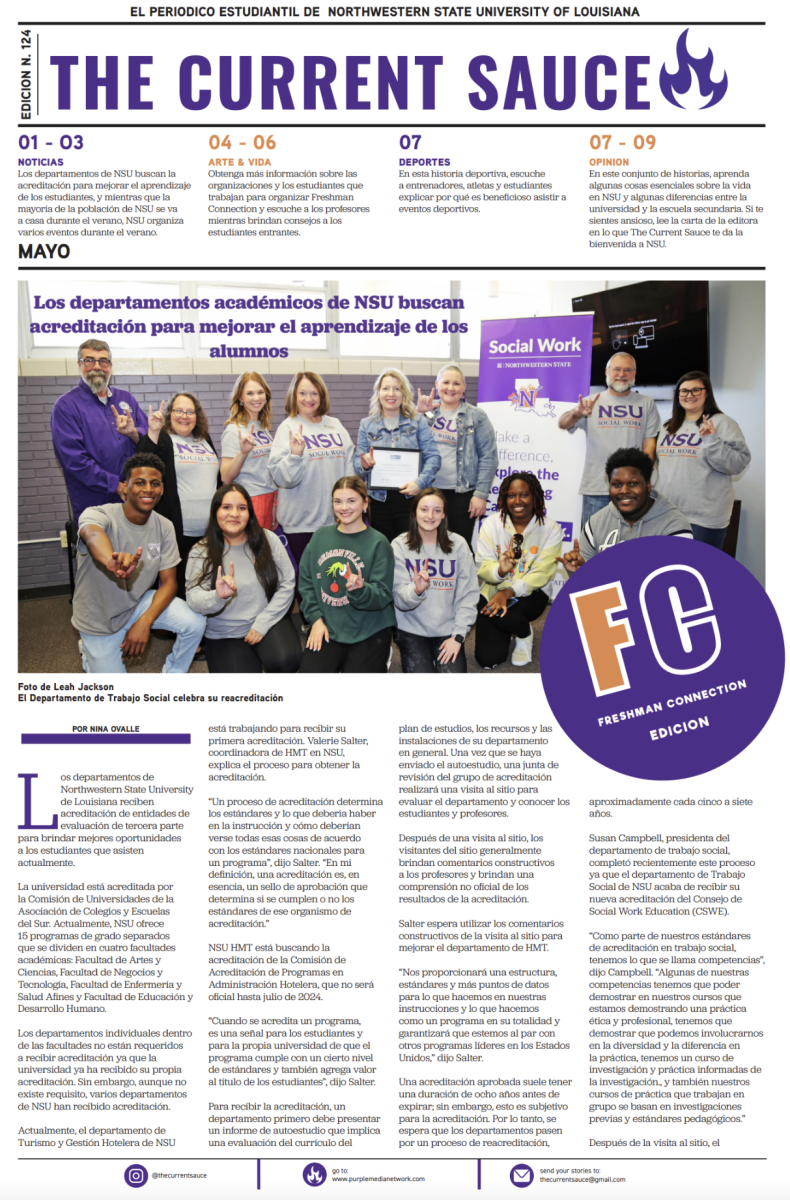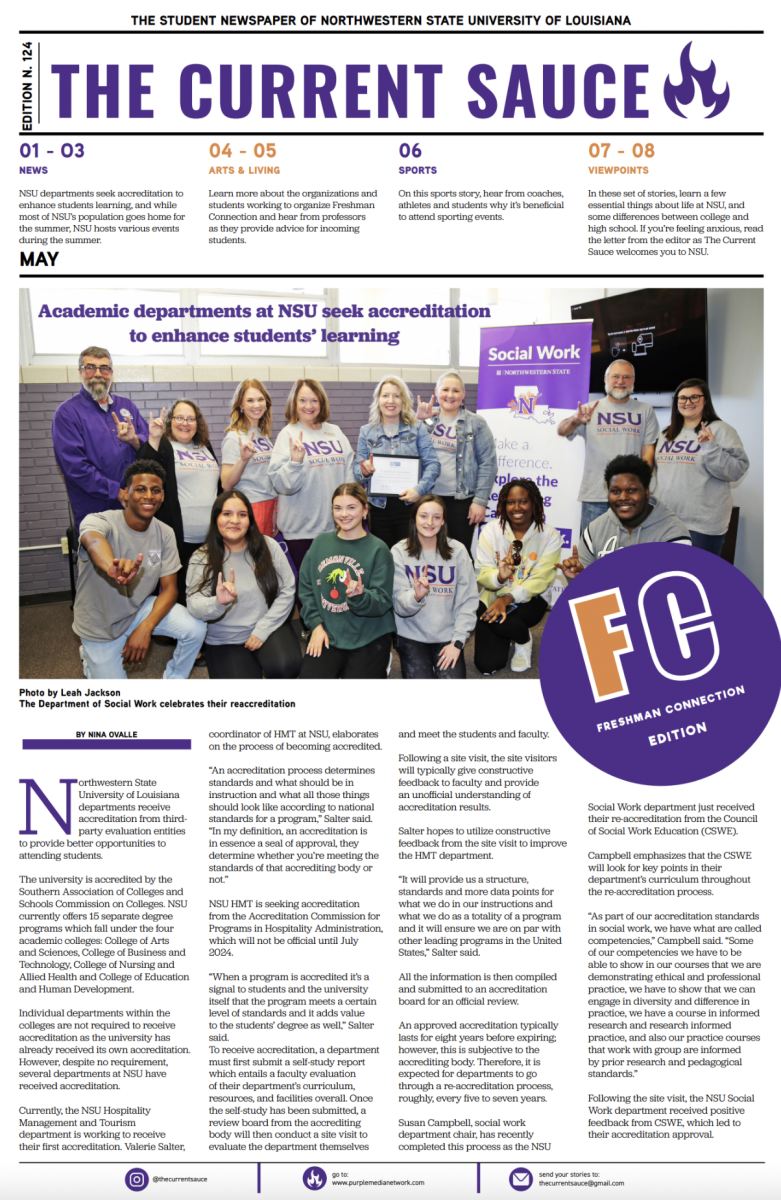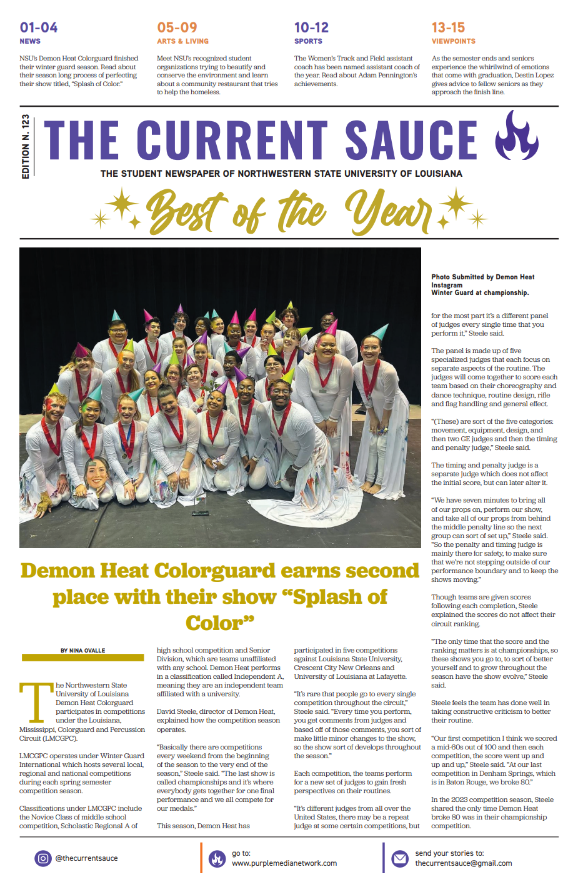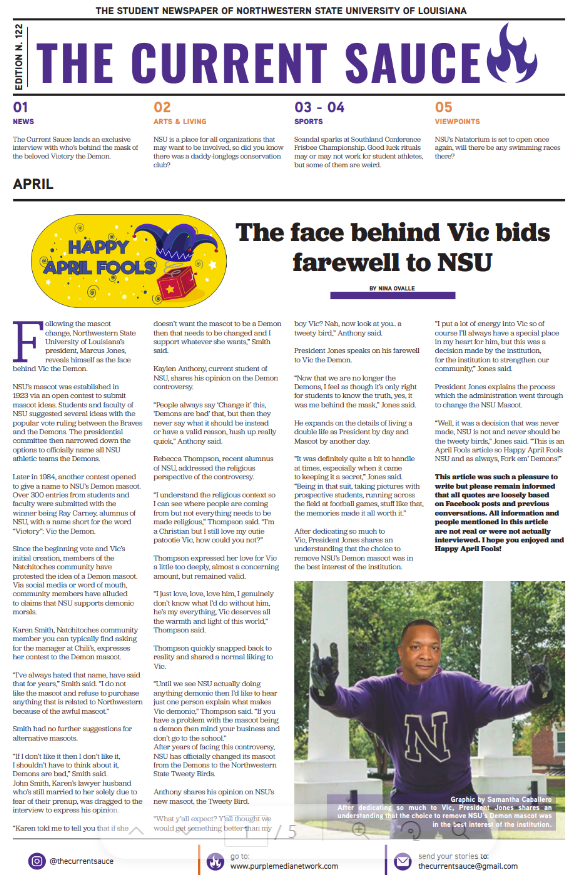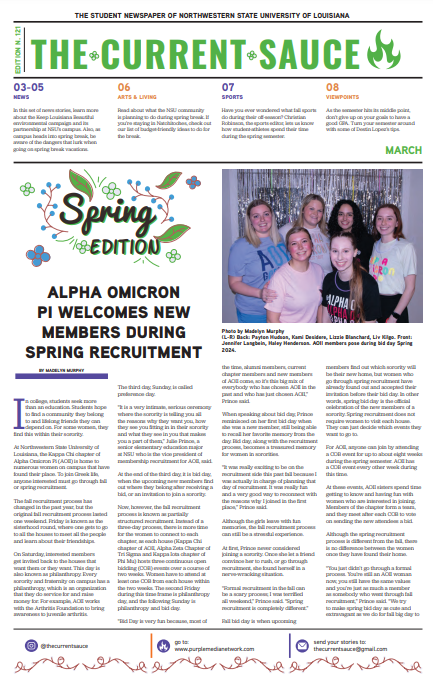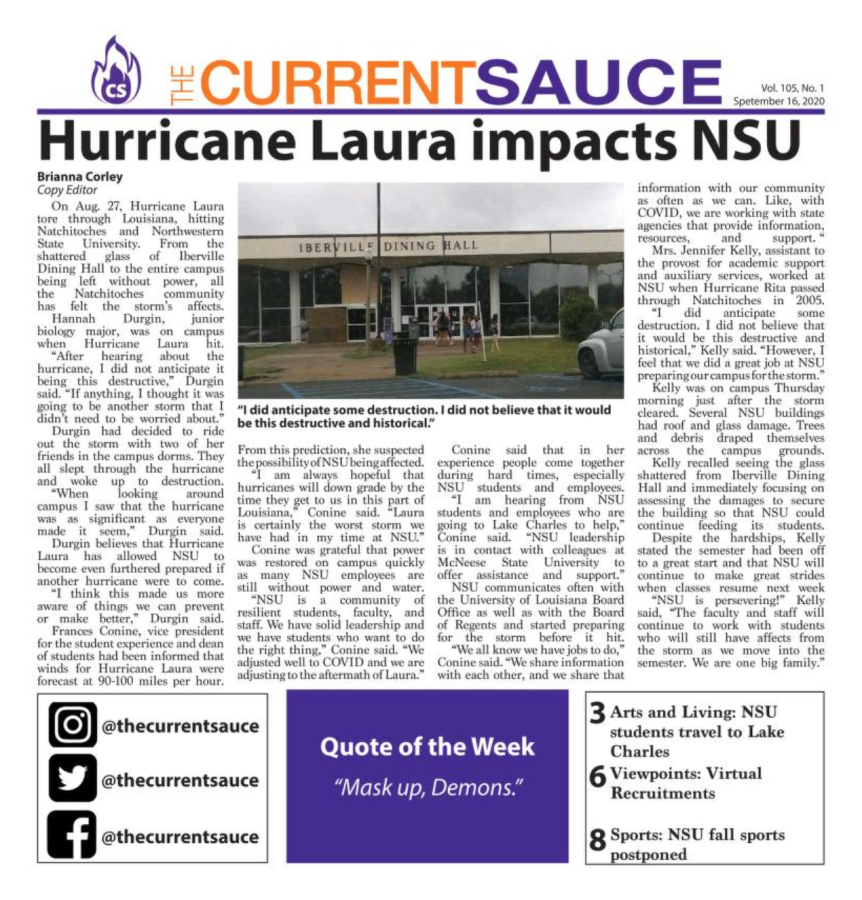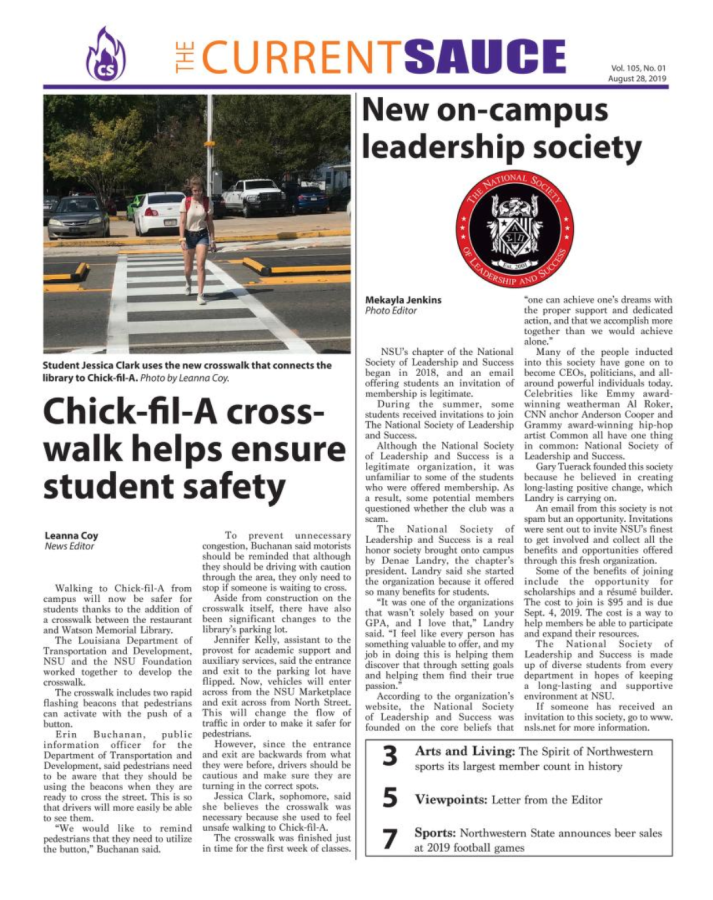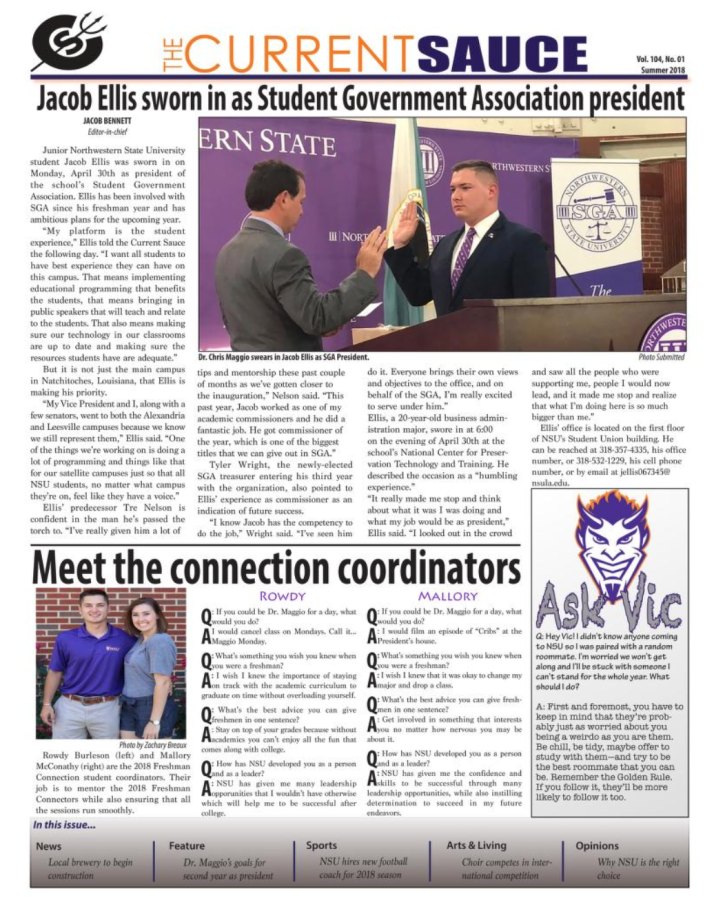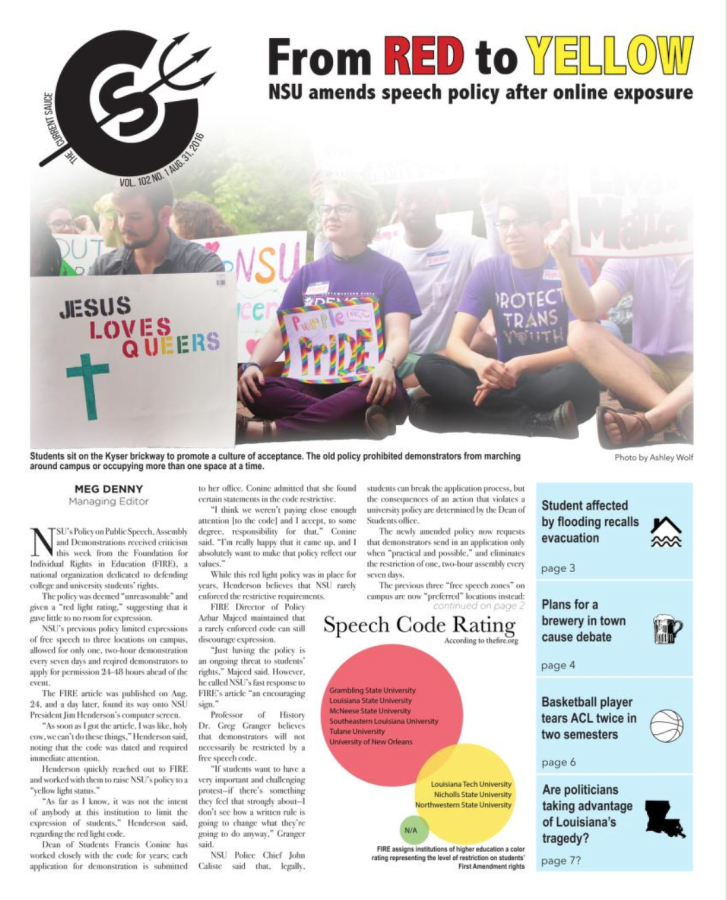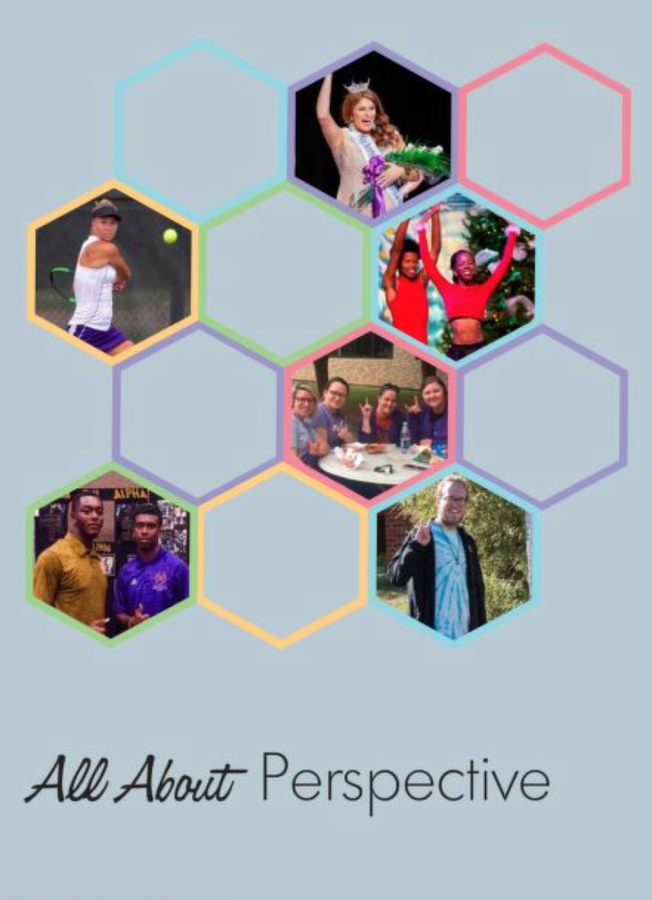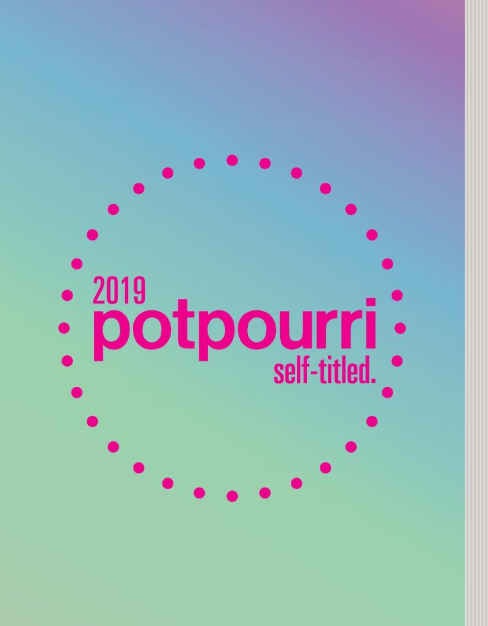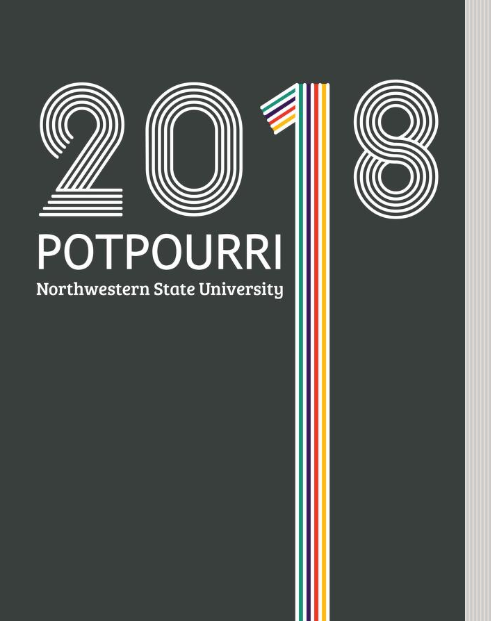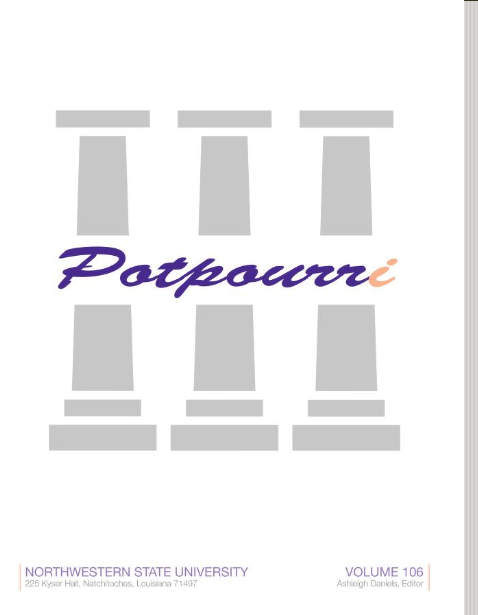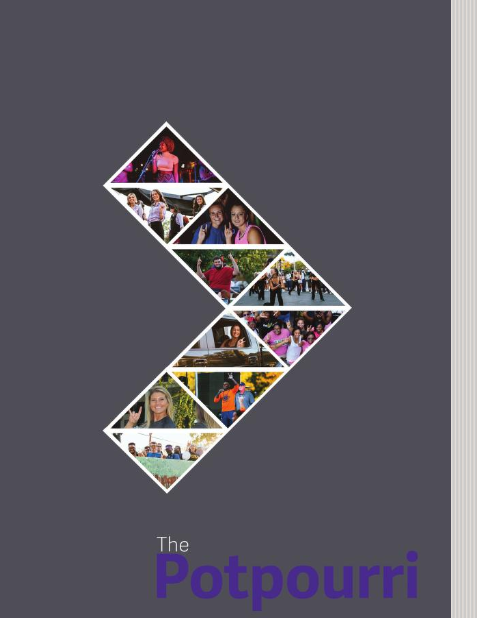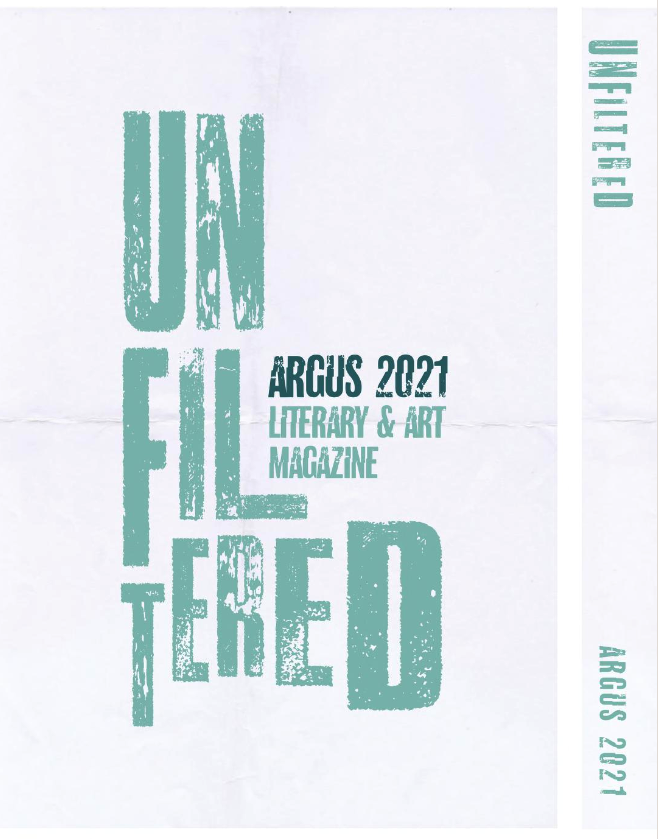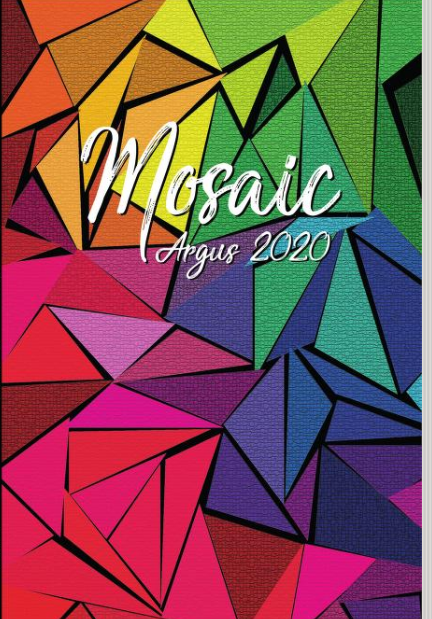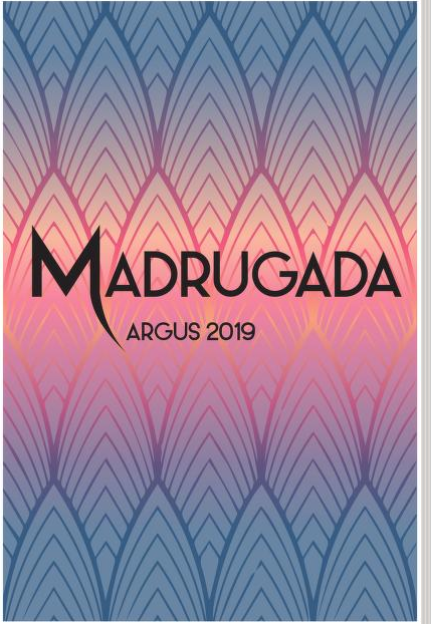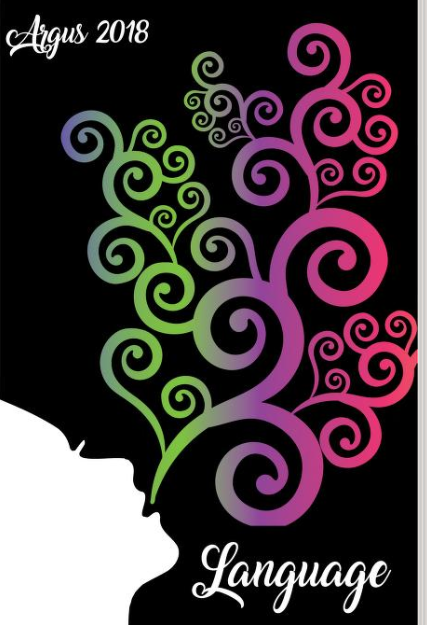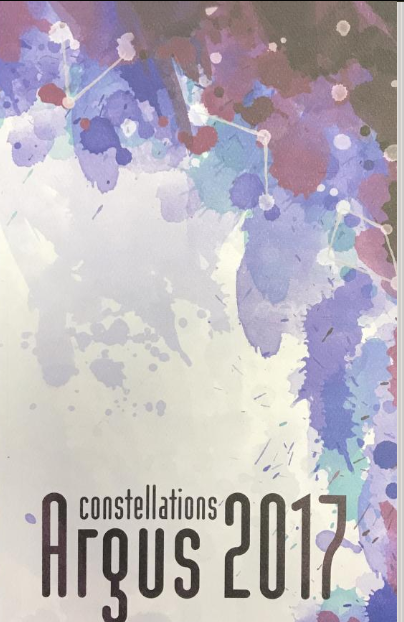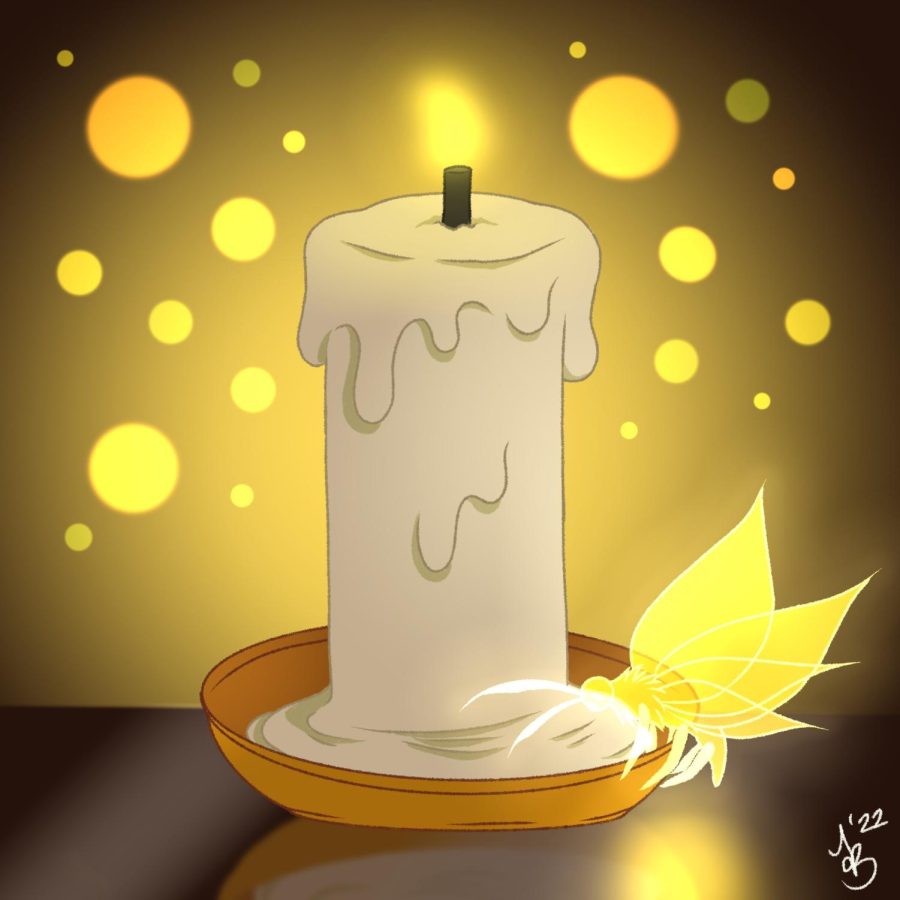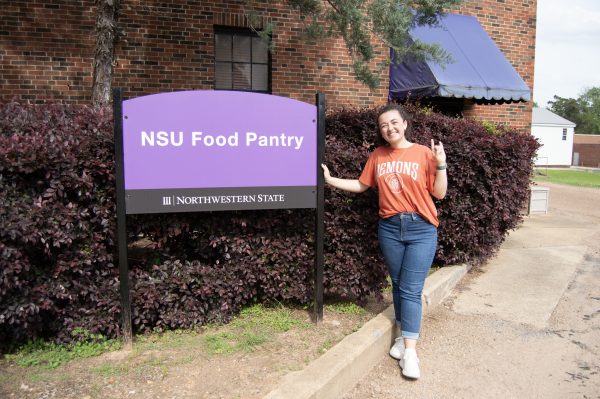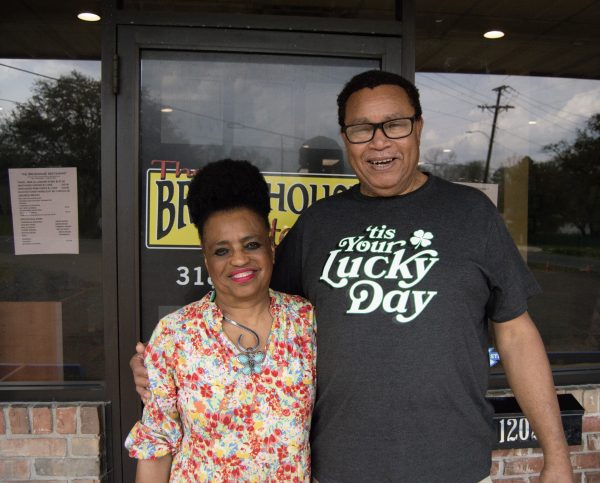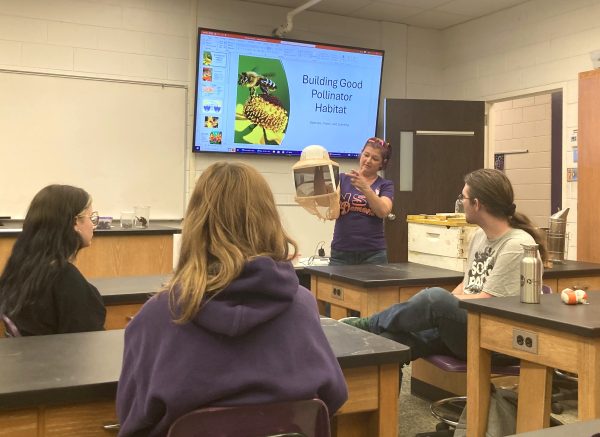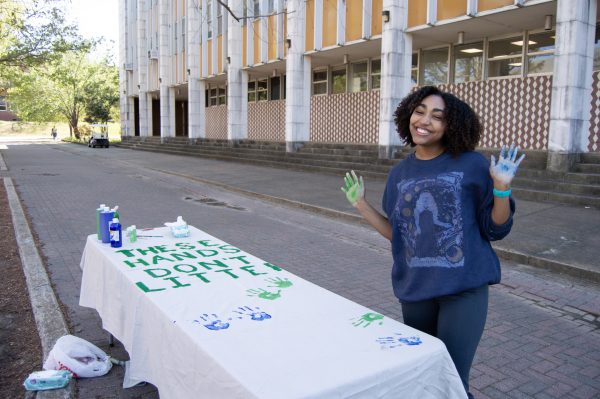“Encanto” lives up to the hype
The movie Encanto invites its viewers to express themselves around those they consider family.
The Madrigal family may not talk about Bruno, but everyone is talking about “Encanto.” With its masterful depiction of Colombian culture and catchy tunes by Lin-Manuel Miranda, “Encanto” has won the hearts of viewers. The film centers around the Madrigal family, who are the keepers of a magical home called the casita which is Spanish for little house.
The casita was created as the result of Abuela and Abuelo Madrigal’s displacement from their
homes. Abuelo was killed, but not before his spirit transferred into the candle that powers the casita. The casita was said to have granted its residents magical powers.
The majority of the Madrigal family members have powers with the exception of Mirabel. As a result of this, Mirabel feels inadequate when she is compared to her family members. Her mother, Julieta, can use food to heal any physical or emotional ailments. Her sisters, Luisa and Isabela, also have powers (super strength and beauty, respectively).
Therefore, Mirabel feels pressure to have a gift, and it does not help that Abuela makes her feel “less-than” because she is nothing like the rest of her family. Mirabel feels like an outsider in her own family because of this. Abuela’s hope is that Antonio (Mirabel’s youngest cousin) will receive his gift and not become a “dud” like Mirabel.
I believe that Abuela’s obsession with her children and grandchildren is an allegory for the perfectionism caused by generational trauma. Her fear of having what happened to Abuelo happen to future generations is a driving force for her actions. This is consistent with the idea that narcissistic families often pigeonhole their members into specific roles, and God forbid they should ever step out of those roles.
Antonio does, in fact, receive a gift: the ability to communicate with animals. His gift ceremony goes off without a hitch until Mirabel begins to see cracks in the casita. She goes to warn Abuela, but Abuela is too consumed with maintaining the family image before the public eye. She proceeds with the celebration as if nothing went wrong.
The next day, Mirabel attempts to get answers from Tia Dolores, who knows everyone in the community’s business. Tia Dolores happily volunteers all the information she heard and suggests that Mirabel talks to her older sister, Luisa.
Luisa is in the midst of her chores, and Mirabel interrupts. Initially, she brushes Mirabel off, but after a bit of prodding, Luisa vents to Mirabel. After Mirabel is finished listening to Luisa’s venting, Luisa suggests that Mirabel visit Bruno’s tower. Mirabel balks at the idea, given Bruno’s status as an outcast, but Luisa encourages her to seek out the truth.
Although Luisa is canonically considered the middle child, she is often mistaken for the oldest child. Her description of her situation in the song “Surface Pressure” is both literal and metaphorical. She is often saddled with shouldering the emotional burdens of her family. Abuela and other family members expect her to be fine with exerting insane amounts of emotional labor, but Luisa soon realizes the toll it takes on her.
In depicting Bruno, The Walt Disney Company animators initially make use of the Every Villain Is Lime (EVIL) trope. The trope has been in place ever since Snow White and the Seven Dwarves. Some notable examples of this trope in play are Scar, Maleficent, Cruella de Vil, and Ursula. However, I think the artists’ intent in using this trope is to depict Bruno as being demonized within the family.
Mirabel finds Bruno’s vision and balks at what she sees. She sees the casita torn to shambles and her standing in front of it. Both she and the rest of the family interpret this in terms of the casita’s destruction being Mirabel’s fault.
Another plot point I found interesting was Isabela’s relationship (or lack thereof) with Mariano Guzman. With Isabela being known as the most beautiful girl in town, Abuela sees this arranged marriage as being helpful to the Madrigal family. However, it becomes increasingly clear that Isabela doesn’t actually like Mariano. Abuela hosts an engagement party for the couple in the hopes that it would go off without a hitch.
However, the proposal does not go off without a hitch. Mirabel desperately attempts to hide the cracks, and she assumes that no one will notice. However, the Guzmans notice and Mirabel is once again blamed for the failure of the engagement party.
Distraught, Mirabel runs to Bruno’s hovel for help in making sense of the vision. Bruno ignores her at first, but once she convinces him to talk, the pair run to Antonio’s room and Bruno receives yet another vision.
Mirabel realizes that Bruno’s vision means that she has to repair her relationships and make amends with the family members that she has hurt, especially Abuela and Isabela. Isabela vents to Mirabel about the pressure of always having to be the “perfect one”. Her gift goes haywire, which makes Abuela angry.
The casita breaks down as the candle burns out. Mirabel runs to the same river her Abuelo died at, and Abuela follows her down. Abuela explains that her unrealistic expectations are a result of the trauma she experienced from watching her husband die. Mirabel and Abuela make amends with one another, and the magic is restored. A new casita is built, which symbolizes the healing from the family’s generational trauma.
Overall, I find Encanto to be a great film with strong storytelling. I appreciated the magical realism in the story, and if you look close enough, you can spot nods to the novel 1000 Years of Solitude in various places throughout the film. Encanto’s music will remain in my head for weeks on end, and it shows that Lin-Manuel Miranda has not hit his sophomore slump with Disney after all.
Encanto is also a positive step towards better representation of the Latinx community. With talent such as Maluma, Stephanie Beatriz, and Jessica Darrow; the Walt Disney Company casting directors made sure to put Latinx talent at the forefront. I found Encanto to be incredibly respectful of Colombian culture. Disney has had a tendency in the past to depict multi-layered and diverse cultures as one monolith. Some examples that come to mind are the depiction of Agrabah in Aladdin and the depiction of Arendelle in Frozen. The animators and writers did their research, and it most certainly shows.

